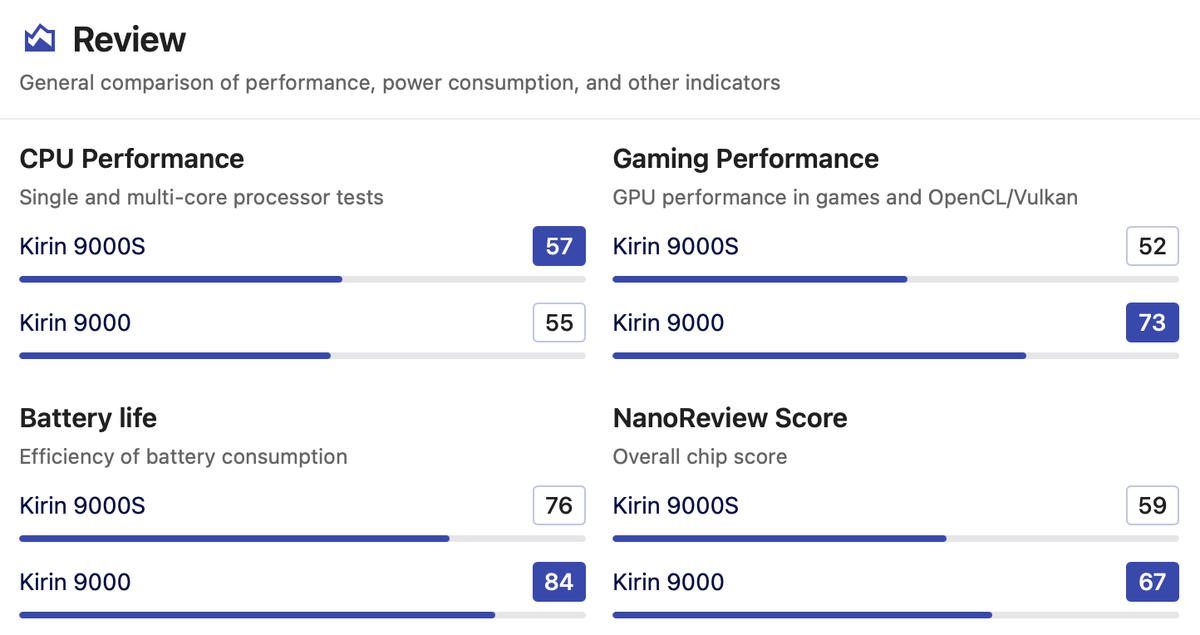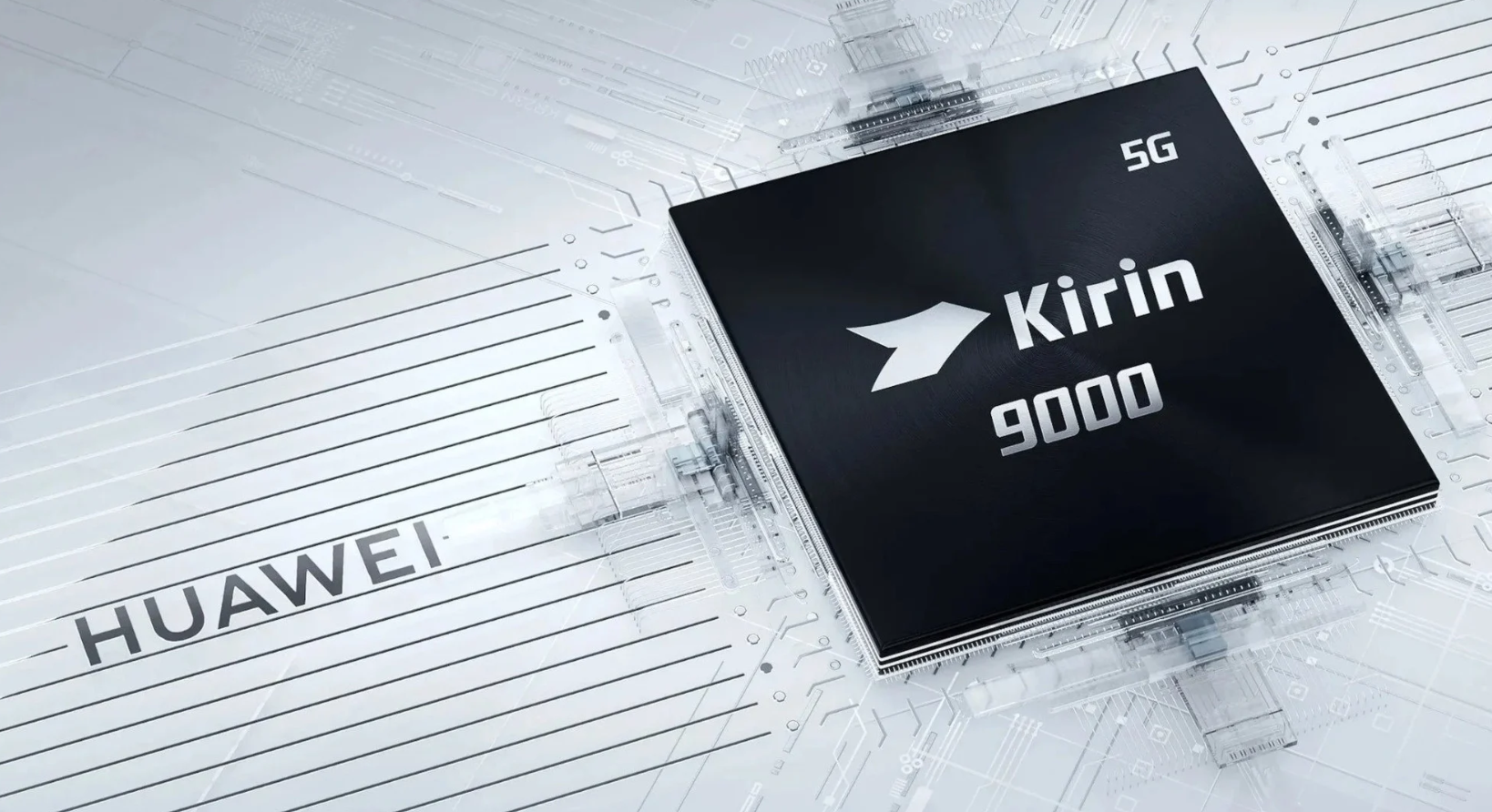Highlights
- Kirin 9000S edges ahead in CPU performance with notable improvements.
- GPU performance sees a decline compared to the Kirin 9000.
- Battery efficiency impacted by the older 7nm manufacturing process.
- Kirin 9000S scores a respectable overall chip score despite limitations.
Huawei has been reeling from sanctions imposed by the US for a long time now.
The ban from working with any US-based technology companies means that China’s largest electronics giant has now resorted to making chipsets that try to replicate complex silicone architecture found in traditional chipsets made by TSMC and Samsung.
More recently the company’s Huawei Mate 60 series was using the Kirin 9000S SoC, based on a second-generation 7nm-class process technology by SMIC.
But is it any good?
The chipset was compared to the 2020 Kirin 9000, a silicone which was free of US sanctions and here are the results.
Kirin 9000S vs Kirin 9000: Analysis

The Kirin 9000S, a derivative of the original Kirin 9000, was put through rigorous testing by Nanoreview.net, and the results have shone a light on the compromises and capabilities of this new chip.
In CPU performance benchmarks, the Kirin 9000S shows promise, edging ahead of its predecessor, with a 4% increase in single-threaded tasks and a significant 17% leap in multi-threaded operations according to Geekbench 6 scores.
However, the Kirin 9000S does not fare as well in GPU-intensive tasks.
Gaming performance and OpenCL/Vulkan tests depict a 33% decrease in GPU prowess compared to the Kirin 9000.
This shortfall is evident in the NanoReview scores where the Kirin 9000S lags with a score of 59, against the Kirin 9000’s more robust 67.
Battery life efficiency is another domain where the Kirin 9000S does not keep pace, a consequence of the older 7nm manufacturing process compared to the more advanced 5nm process used in its predecessor.
This technological gap implies that, without larger-capacity batteries, smartphones wielding the new SoC may suffer from reduced battery life.
Huawei’s Commendable Efforts

Despite these setbacks, the Kirin 9000S has a commendable overall chip score of 76, according to NanoReview, which might signal in favour of its competence as a general-purpose SoC.
Huawei’s innovation under the limitations imposed upon it is noteworthy, and the industry is watching to see if the company can eventually outpace its 2020 offering.
The ultimate test for the Kirin 9000S, however, will be its market performance against the contemporary SoCs from industry giants like Apple, MediaTek, and Qualcomm.
FAQs
How does the Kirin 9000S compare to the Kirin 9000 in CPU performance?
The Kirin 9000S shows improved CPU performance over the Kirin 9000, with a 4% increase in single-threaded tasks and a significant 17% improvement in multi-threaded operations, as per Geekbench 6 scores.
What are the limitations of the Kirin 9000S in GPU-intensive tasks?
In GPU-related tasks, the Kirin 9000S experiences a 33% decrease in performance compared to the Kirin 9000, notably affecting gaming and OpenCL/Vulkan benchmarks.
How does the manufacturing process affect the Kirin 9000S’s battery life?
The use of a second-generation 7nm-class process in the Kirin 9000S, compared to the more advanced 5nm process in its predecessor, results in less battery efficiency, potentially leading to reduced battery life in devices using this SoC.
What is the overall performance rating of the Kirin 9000S?
Despite facing certain limitations, the Kirin 9000S achieves an overall chip score of 76 by NanoReview, indicating its competence as a general-purpose SoC under the given constraints.
How did Huawei’s sales compare to Apple’s during the Singles’ Day period?
Huawei experienced a significant sales increase of 66% year-on-year during the Singles’ Day period, surpassing the performance of Apple’s iPhone 15, which saw a 4% decline. This surge was primarily driven by the popularity of Huawei’s Mate 60 series.
What was Xiaomi’s performance during the Singles’ Day sales?
Xiaomi also showcased a strong sales performance, with a 28% increase during the Singles’ Day shopping period.
This growth contributed to the overall rise in China’s smartphone market sales and highlighted Xiaomi’s growing market presence alongside Huawei.
How does the pricing of Huawei and Xiaomi smartphones compare to Apple’s iPhone 15?
Huawei’s Mate 60 series starts at a price of 5,499 Yuan, and Xiaomi’s 14 lineup begins at 3,999 Yuan.
In comparison, the starting price of Apple’s iPhone 15 series is slightly higher at 5,999 Yuan, making Huawei and Xiaomi’s offerings more competitively priced.
What recent clarification has Huawei made regarding global market support?
Huawei has recently clarified that their international devices will not switch to the new HarmonyOS, which lacks APK file support.
Instead, these devices will continue using EMUI, a system based on Android, ensuring compatibility with Android apps despite the absence of Google services.
Why won’t international Huawei devices receive the HarmonyOS update?
Huawei decided to keep EMUI for their global devices to ensure continued compatibility with Android apps and a familiar user experience.
This decision aligns with their strategy to cater to the unique needs and preferences of their international user base.
How is Huawei addressing the Android app functionality in its devices?
With Google services missing from Huawei devices, the company has built a solid community of app developers.
This community focuses on ensuring that Android apps from third-party stores run effectively on Huawei devices, thus maintaining a good user experience.
Also Read: Huawei Enjoy 70 Launched in China: Price, Features, Specs
Also Read: Huawei and Xiaomi Overtake Apple in Singles Day Sales
Also Read: Huawei MatePad Pro 11-inch (2024) Debuts with Satellite Connectivity and Advanced Features
